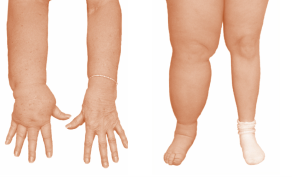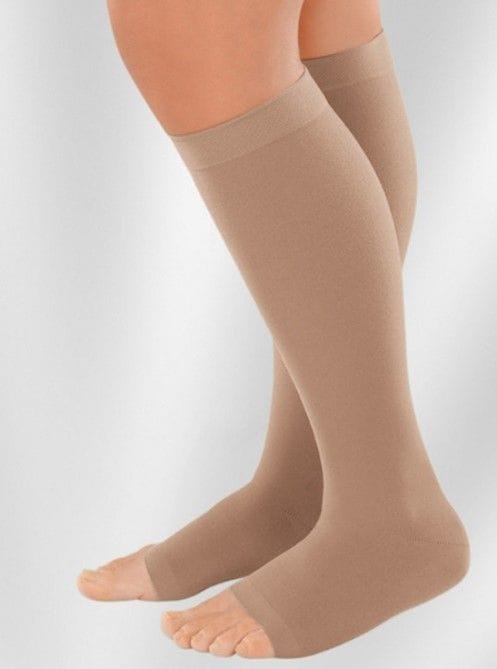)
)
)
)
)
)
)
)
)
)
)
)
)
 planning overseas holidays again!
planning overseas holidays again!

 to measure, prescribe and fit compression garments to reduce your chances of swelling.
to measure, prescribe and fit compression garments to reduce your chances of swelling.
| Tags:Lymphoedema |
)
| Posted in:LaserLymphoedemaMassagebreast cancer |
)
| Posted in:VertigoCOVID-19 |
Our physiotherapists are trained to recognise, assess and treat patients that are suffering from vertigo from a vestibular origin such as Benign Paroxysmal Positional Vertigo (BPPV), vestibular neuronitis/labyrinthitis and following acoustic neuroma resection.
read more